tie and dye techniques in india
A tie and dye technique that dates back to the Indus Valley Civilization developed by the Khatri community of Gujarat in India the printing technique finds mention in historical texts of 7th century ad literature- Harshacharita written by Banabhatta. The fabric is then tied over the nails or pins by hand and without the use of thread.
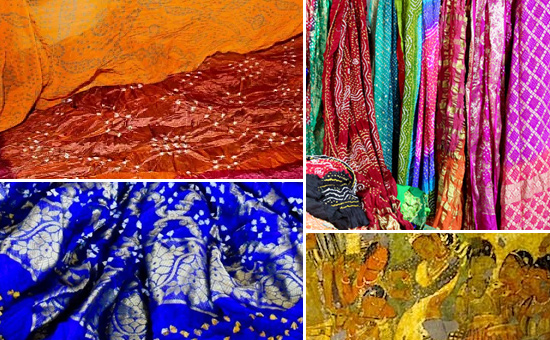
About Indian Tie And Dye Technique
You can create very definite patterns on.
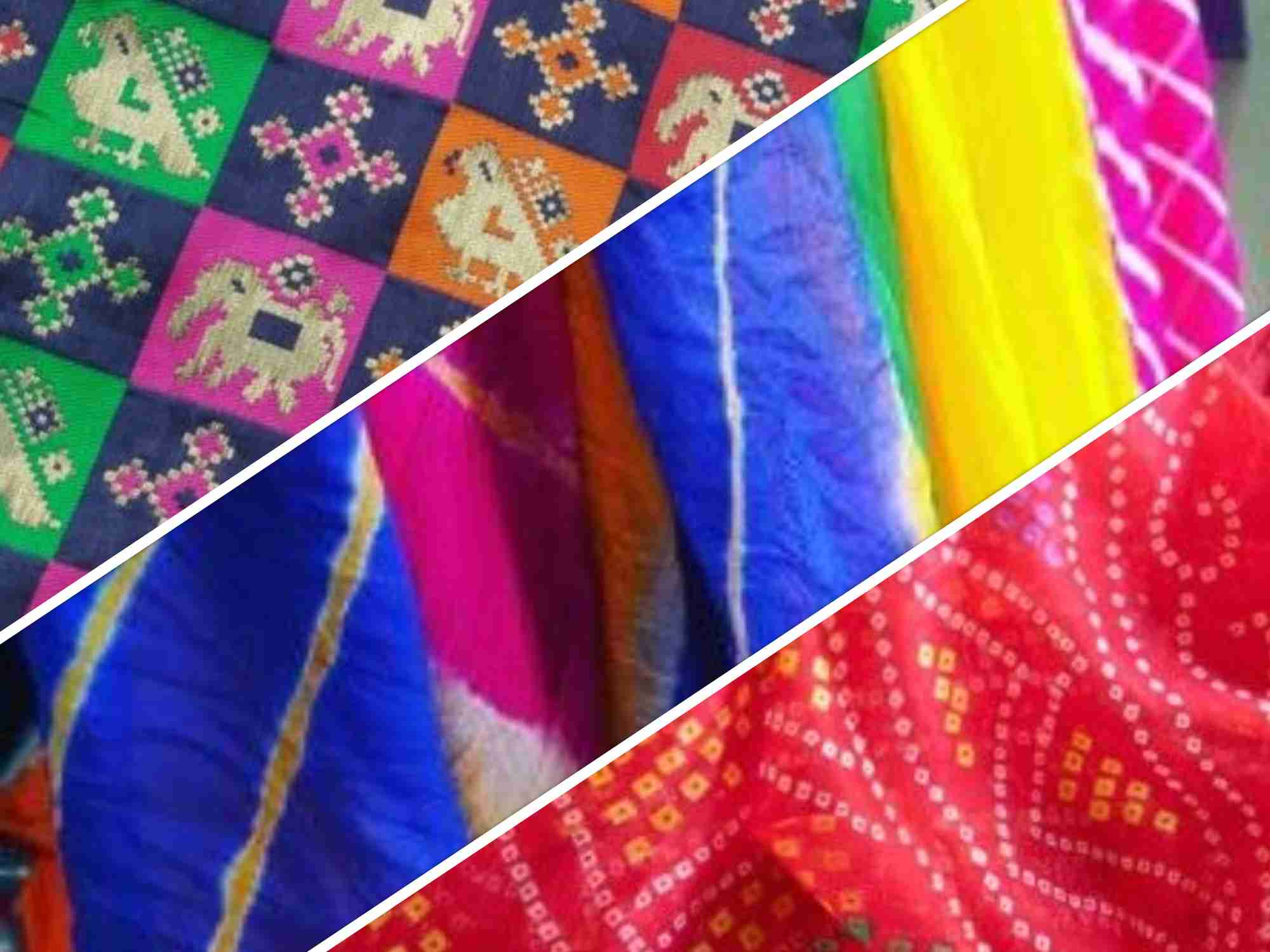
. The process of tie and dye weaving starts with preparing the warp and weft from the bleached silk yarn by spinning it. This dreamy trend is everywhere this season and we are in for it. Tie and Dye Techniques of Gujarat India invlove various steps.
Blocks are placed from left to right and slammed hard on the fabric. It is popularly used in sarees and shawls. The dye is prevented from penetrating portions that are not meant to be coloured thereby acquiring the.
Tie and dye techniques The technique involves dyeing a fabric which is tied tightly with a thread at several points in various colors thus producing a variety of patterns like Lehriya Mothda Ekdali and Shikari depending on the manner in which the cloth is tied. Learn more about this technique here. Washing hard dyeing drying and other parts form the core of the printing process.
The borders are usually broad and have beautiful colors in various matching or contrasting shades. Shibori DIY- Tie Dye Techniques and Patterns. It is dying natural fabrics that results in interesting and colourful patterns.
Each technique results in a unique pattern. Shibori is one of the oldest Indigo dying techniques in Japan and India. This is a Nigerian Tie and Dye technique in which Indigo fabric is dyed in this way.
Each piece is made to order and then hand dyed in our labs. Then the fabric is folded to a quarter of its original size. Tie and dye has made a comeback with flying colours literally.
Tying sections of a length of cloth silk or cotton and then dunking it into vats of colour. 6 Basic Tie and dye techniques Twisting and coiling In this method you simply twist the fabric and then tie it. The areas where the knots are tied dont allow the dye to penetrate leaving these areas the color of the original fabric and creating a highly textured surface.
The Tie and Dye Technique. Squatted on the floor women reel threads from primitive spinning wheels to load bobbins. Bandhani is a technique of tie and dye.
Giant spinning wheels are employed to. The fabric is dried afterwards. As the name suggests the technique of Tie and Dye involves two stages.
The tye-dye technique differs to create varying patterns however at the base of it it involves tying meticulous knots by hand on the fabric and then resist dying it. Once dyeing is done the fabric is untied to reveal an interesting pattern. Tie and dye is the process of creating patterns on clothes or fabrics.
The Hero Trend in Your Closet. The dye does not penetrate the tied part. The Kanoka Shibori is quite similar to the bindi bhandhej.
This practice ensures that no two tie-dyed cloths are the same making each product truly one of a kind. This Indian technique results in wavy lines on fabric. Tie and dye is just as the name suggests first involving the tying of the fabric usually cotton or silk with thread at certain points and then submerging it into colourful dyes to create a range of patterns.
Like 0 8 1 2 Resist dyeing Gujarat Rajasthan. Other iconic Japanese techniques are Miura Nui Kumo Arashi and Itajime. The results are endless and can be as simple or as elaborate as you please.
Of all artisan-made cloth the tie-dye resist of Indian bandhani stumps most people. Its a technique of creating patterns in cloth by tying small continuous knots before its dyed. The technique involves dyeing a fabric which is tied tightly with a thread at several points thus producing a variety of patterns like Leheriya Mothra Ekdali and Shikari depending on the manner in which the cloth is tied.
In India tie and dye technique is used in many variations on a wide range of fabrics from cotton to silk. The final products are known with various names like Khombi Ghar Chola Patori and also Chandrokhani etc. What it is chiefly known for is a square spotted scarf the name bandanna a deviation from bandhana.
It is a technique for a variety of ways of embellishing textiles by shaping cloth and securing it before dyeing. Brilliant effects are created by binding folding or simply scrunching fabric before dyeing it. This is a Chinese tie and dye technique which creates a fabric with a mottled appearance.
Oh yes were a big fan. Tie-dye method is a type of resist dyeing in which many small portions of the fabric are plucked and tied tightly with string before immersing the cloth in the dye-bath. The Bandhani technique of tie dying may be used on various items including saris using several colours and stages of tying then dying repeated for each colour from light to dark.
A traditional technique of tie and dye involves the fabric first being dampened before being placed over a wooden block embedded with small nails or pins. It takes 2-3 days to complete the process from sewing to dying finishing. The designs and patterns of tie and dye are made with the combination of little circles and dots.
The biography quotes the wedding of King Harshas sister Rajyashri and describes the tie-dyeing of the brides odhaniIts earliest. The initial step is to dip the fabric in a color of your choice. Preparation of the fabric.
The wrap is tied and dyed like that in lkat. Both countries have developed several methods to carry out the tie and dye process. Tie and Dye is an easy way to add a variety of colourful designs and vibrant style to your wardrobe.
The fabric is tied and dyed like the Bandhani. Both the wrap and weft are tied and dyed like that in Double lkat or Patola. India is one of the leading countries in the use of the tie and dye method for fabrics.
Resists are created by the folding twisting pleating or crumpling of a fabric or garment and binding with string or rubber bands before application of dyes. Shibori is a Japanese name for Tie and Dye and is part of the larger family of resist. Straight out of a fairytale.
Tie and dye resist-dyeing technique is classified into three categories. Trend Alert July 30 2021. No two pieces will look alike because of the dye process.
The rainbow-tinged turbans of the Rajputs and the odhnis of their women are shaded by this method of resist dyeing. Mothara Lahariya and the dotted bandhani are unique to India. How are resists created.
Apart from using stencils rather than blocks to create patterns nothing has changed in the process over the years says Zakiya Khatri Step 1. This method involves twisting the fabric you have into a tube to look like a rope andor coiling it further and then tie. They are then washed and boiled and finally rinsed to.
An ancient method of dyeing fabrics tie-dye clothing was and is still climbing the charts. East Essenceâs tie-dye collection is made with vegetable organic dyes one piece at a time and carries an array of tunics skirts hijabs. The Indian tie dye can be classified into the following types.
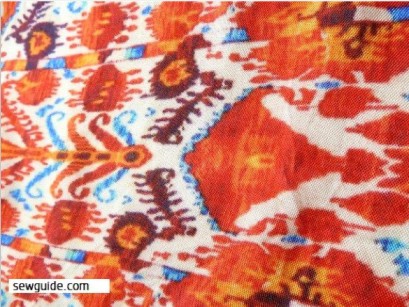
Tie Dye Techniques In India Tie Dye In India Bandhani Ikat Lehariya

Tie Dye Techniques In India Tie Dye In India Bandhani Ikat Lehariya
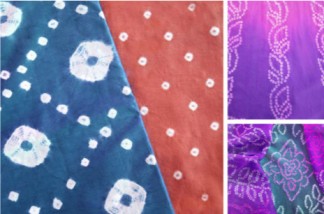
Tie Dye Techniques In India Tie Dye In India Bandhani Ikat Lehariya
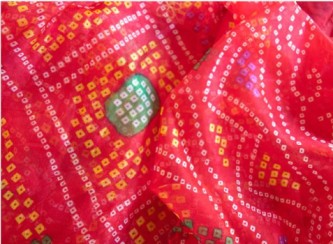
Tie Dye Techniques In India Tie Dye In India Bandhani Ikat Lehariya

Tie Dye Resist Indian Style Clothroads

History Of Bandhani Or Indian Tie Dye Technique The Adair Group

Tie Dye Techniques In India Tie Dye In India Bandhani Ikat Lehariya

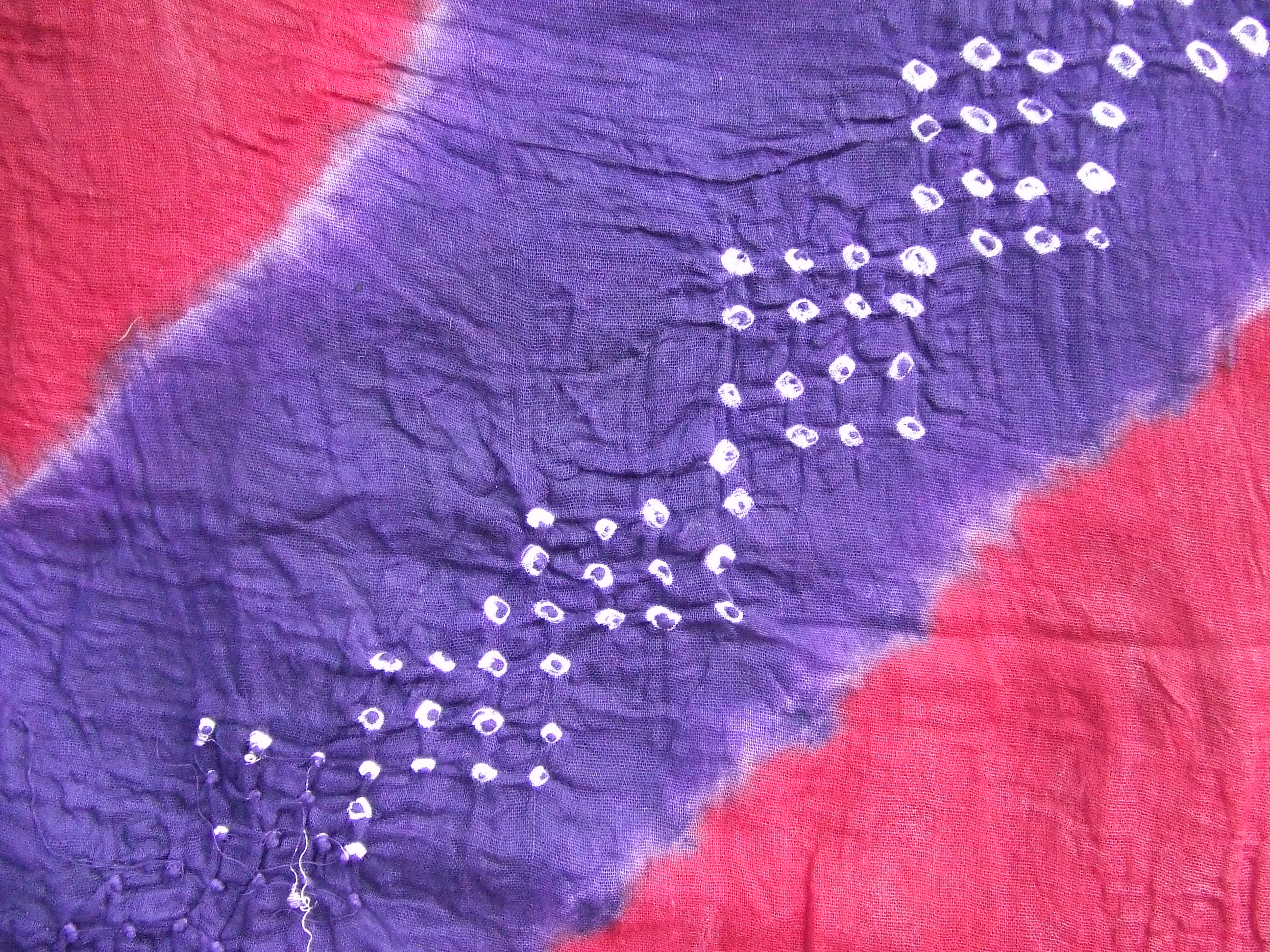
Comments
Post a Comment